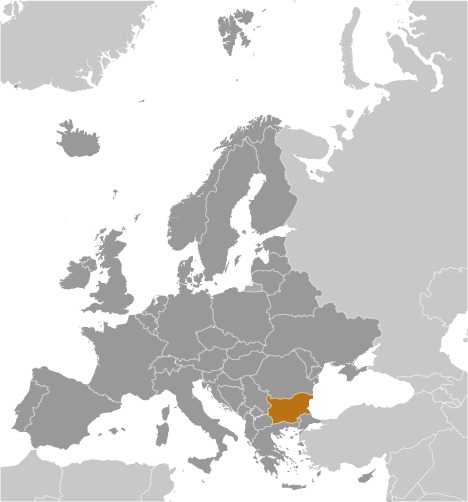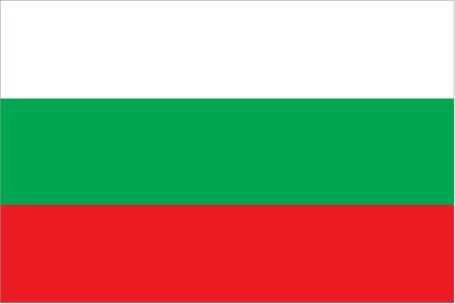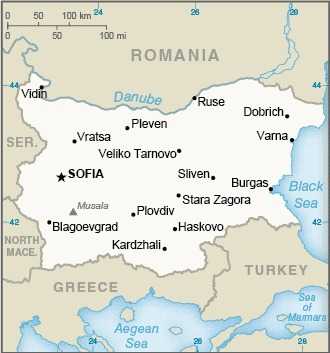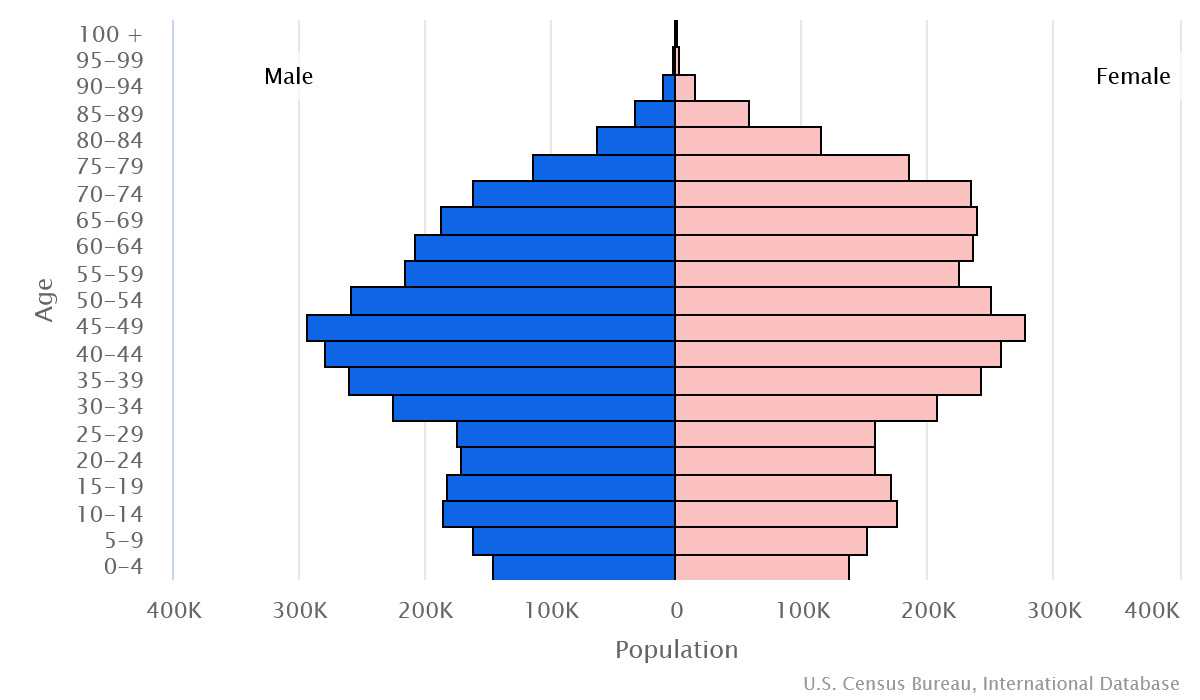Introduction
Background
Northern Bulgaria attained autonomy from the Ottoman Empire in 1878, and all of Bulgaria became independent in 1908. Bulgaria fell within the Soviet sphere of influence and became a People's Republic in 1946. Communist domination ended in 1990, and Bulgaria joined NATO in 2004 and the EU in 2007.
Geography
Area
total: 110,879 sq km
land: 108,489 sq km
water: 2,390 sq km
Climate
temperate; cold, damp winters; hot, dry summers
Natural resources
bauxite, copper, lead, zinc, coal, timber, arable land
People and Society
Population
total: 6,782,659
male: 3,303,491
female: 3,479,168 (2024 est.)
Ethnic groups
Bulgarian 78.5%, Turkish 7.8%, Roma 4.1%, other 1.2%, unspecified 9.4% (2021 est.)
Languages
Bulgarian (official) 77.3%, Turkish 7.9%, Romani 3.5%, other 1%, unspecified 10.4% (2021 est.)
Religions
Christian 64.7%, Muslim 9.8%, other 0.1%, none 4.7%, unspecified 20.7% (2021 est.)
Population growth rate
-0.66% (2024 est.)
Government
Government type
parliamentary republic
Capital
name: Sofia
Executive branch
chief of state: President Rumen RADEV (since 22 January 2017); Vice President Iliana IOTOVA (since 22 January 2017)
head of government: Caretaker Prime Minister Dimitar GLAVCHEV (since 9 April 2024)
Legislative branch
description: unicameral National Assembly or Narodno Sabranie (240 seats; members directly elected in multi-seat constituencies by open-list, proportional representation vote to serve 4-year terms)
Economy
Economic overview
upper-middle-income EU economy; improving living standards and very robust economic growth; coal-based infrastructure; legacy structural vulnerabilities and widespread corruption; increasing Russian economic relations, particularly through energy trade
Real GDP (purchasing power parity)
$174.307 billion (2022 est.)
$167.722 billion (2021 est.)
$155.786 billion (2020 est.)
Real GDP per capita
$27,000 (2022 est.)
$24,400 (2021 est.)
$22,500 (2020 est.)
Agricultural products
wheat, maize, sunflower seeds, milk, barley, rapeseed, potatoes, grapes, tomatoes, chicken (2022)
Industries
electricity, gas, water; food, beverages, tobacco; machinery and equipment, automotive parts, base metals, chemical products, coke, refined petroleum, nuclear fuel; outsourcing centers
Exports
$60.712 billion (2022 est.)
$51.49 billion (2021 est.)
$39.541 billion (2020 est.)
Exports - partners
Germany 13%, Romania 13%, Italy 7%, Turkey 6%, Greece 6% (2022)
Exports - commodities
refined petroleum, natural gas, garments, wheat, refined copper (2022)
Imports
$60.252 billion (2022 est.)
$50.048 billion (2021 est.)
$38.197 billion (2020 est.)
Imports - partners
Germany 10%, Russia 10%, Turkey 9%, Romania 7%, Greece 6% (2022)
Imports - commodities
crude petroleum, natural gas, copper ore, cars, packaged medicine (2022)
Exchange rates
leva (BGN) per US dollar -
Exchange rates:
1.86 (2022 est.)
1.654 (2021 est.)
1.716 (2020 est.)
1.747 (2019 est.)
1.657 (2018 est.)
Page last updated: Tuesday, May 07, 2024




